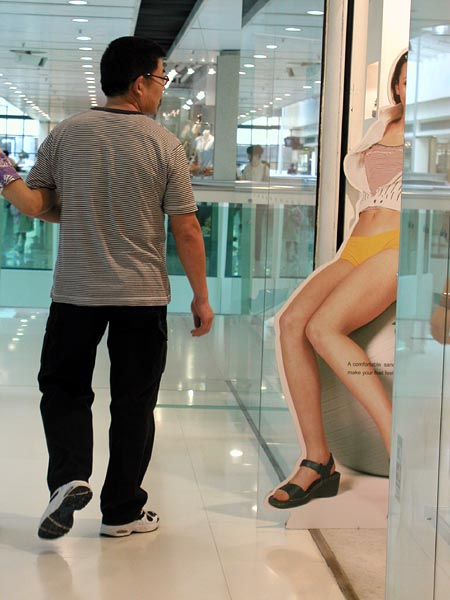


For most photographic subjects, you have the freedom to choose from infinity numbers of moment and take the photo. In scenery photography you may choose from different weather and different times in a day. In portrait photography you may ask the model to post differently and capture the moment you think best. In wildlife photography you can choose to 'live' in wild and wait for the best moment if you wish to.
For most photographic subjects, you have the freedom to choose from infinity numbers of photographic angles. Move the camera a few inches left or right; Standing or knee down; switch to a different focal length... you can have a different view point to the subject. For some special lens or sheet films, you can also have the liberation of lens movement to alter the perspectives and DOF of the photo.
For most photographic subjects, you will also have certain degree of control on the lighting. You can choose the time-of-day for scenic photos. You can choose the shooting angle or decide to use a fill-flash in portrait. And you have the total control of lighting in studio shots.
It's all different in snap shots.
In my opinion, snap shots is to freeze the sudden moment with a photo: at that moment, at that angle, with that lighting, that everything. Since it's the photography about what's happening, it requires the photographers to have extremely fast response. You have to aim the camera, focus, control the exposure, and press the shutter. Even with modern day automatic cameras, you still have to aim and shoot.
Even thou you have practiced your skills, you still have to train you observation skill. Everything you come-across in your life is from an ACCIDENTIAL ANGLE, and you have to identify what's photo worthy.
At best, you should be able to predict what will happen, and have your cameras all readied when thing happens. In Robert Capa's Famous photo "Death of a Loyalist Soldier", he knew the poor soldier will get shot when the young soldier charged forward, BEFORE the shot in his head - according to an interiew with Robert.
It is so difficult to do snap shot, and therefore it's difficult to get a truly good snap. And that's why I am so fascinated about snap shots. I never been able to produce really good snaps, and that’s what keep pushing me to do it.
My not very successful snaps of accidential angles are here.






